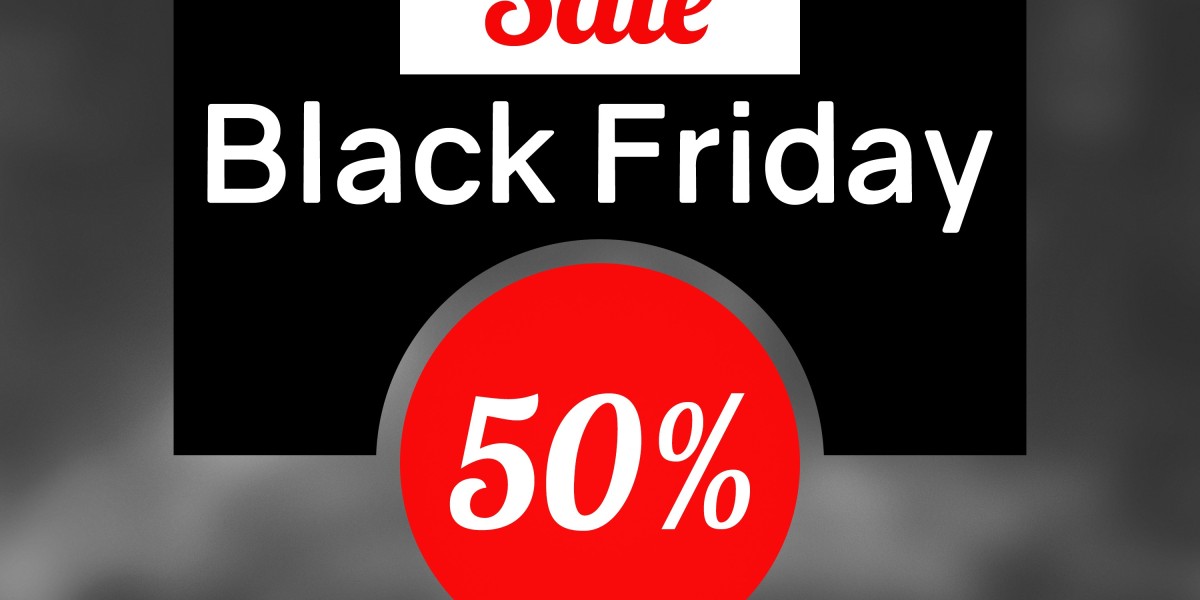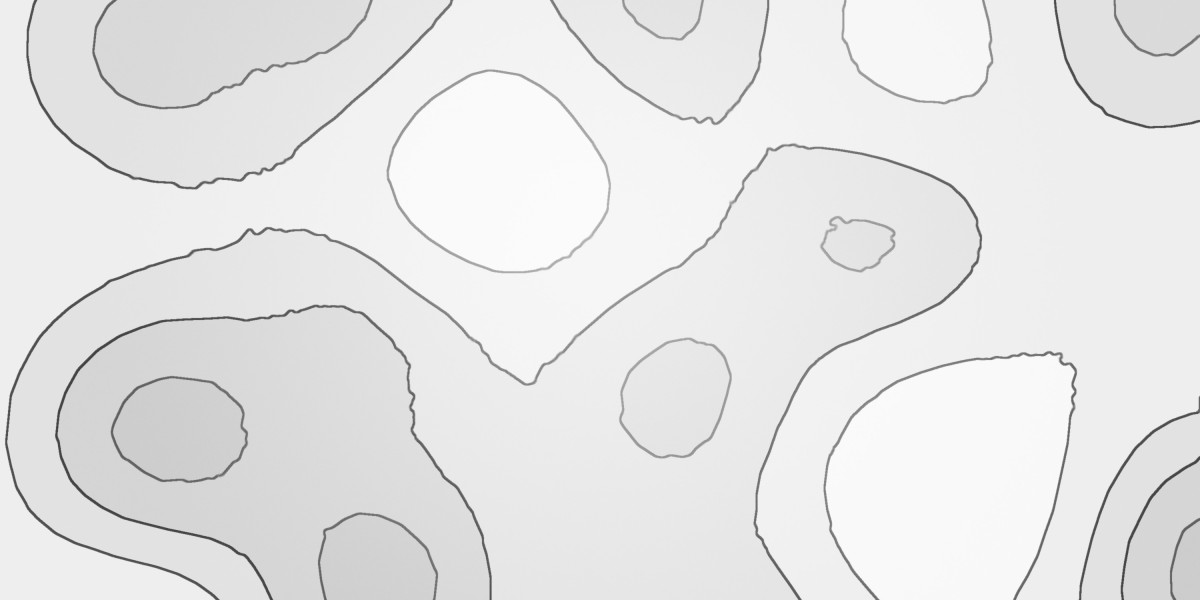Numbing cream is a topical anesthetic designed to temporarily block nerve sensations in the skin. It’s commonly used before procedures like tattoos, laser treatments, piercings, waxing, or minor cosmetic surgeries to make the process more comfortable. The cream’s active ingredients — typically lidocaine, benzocaine, or prilocaine — work by numbing the nerve endings and reducing pain signals sent to the brain.
Numbing creams have evolved in 2025 to be faster-acting, longer-lasting, and skin-friendly, making them an essential part of professional and home-based skincare routines.
⚙️ How Does Numbing Cream Work?
Numbing creams penetrate the upper layers of the skin and interfere with sodium channels in nerve cells. This action prevents the nerve from sending “pain” messages to the brain.
Here’s a simplified breakdown:
| Step | What Happens | Effect on Skin |
|---|---|---|
| 1. Application | Cream is applied to the target area | Begins to absorb through skin |
| 2. Absorption | Lidocaine/prilocaine interacts with nerve endings | Reduces nerve activity |
| 3. Numbing Phase | Sensation decreases gradually | Area becomes desensitized |
| 4. Duration | Effect lasts 1–3 hours (depending on formula) | Allows for pain-free procedure |
? Common Uses of Numbing Cream
Numbing creams are multi-purpose and widely used across beauty, medical, and tattoo industries. Some common applications include:
Tattoo sessions: Minimizes discomfort during long or detailed tattoos.
Laser hair removal: Reduces the burning or stinging sensation.
Piercings: Numbs sensitive skin areas before piercing.
Microneedling & fillers: Enhances comfort during skin rejuvenation procedures.
Waxing: Ideal for those with sensitive skin prone to pain.
Minor dermatological treatments: Used before mole removal, injections, or laser resurfacing.
? Types of Numbing Creams
Depending on your needs, numbing creams come in several formulations:
| Type | Key Ingredient(s) | Onset Time | Duration | Best For |
|---|---|---|---|---|
| Lidocaine-based | Lidocaine (4–10%) | 15–30 min | 1–2 hours | Tattoos, waxing |
| Prilocaine-based | Prilocaine | 30–45 min | 1–1.5 hours | Microneedling |
| Combination creams | Lidocaine + Prilocaine | 20–30 min | 2–3 hours | Cosmetic treatments |
| Natural numbing agents | Menthol, clove oil | 10–15 min | 30–60 min | Mild pain relief, sensitive users |
⏱️ How to Use Numbing Cream Safely and Effectively
Applying numbing cream correctly ensures maximum effectiveness and minimal risk. Follow this step-by-step guide:
Clean the area: Wash with mild soap and warm water to remove oils or dirt.
Dry completely: Moisture can reduce absorption.
Apply a thick layer: Do not rub in immediately; a visible layer ensures better penetration.
Cover (optional): Wrap with plastic film to lock in heat and enhance absorption.
Wait: Leave on for 20–45 minutes (depending on product strength).
Remove excess: Wipe off before starting the procedure.
Proceed: The skin should feel slightly numb and tingly — a sign it’s working.
? Pro Tip: Do a small patch test 24 hours before full application to check for skin sensitivity or allergic reaction.
⚠️ Safety and Precautions
While numbing creams are generally safe, overuse or misuse can cause side effects. Always use them as directed.
Potential Side Effects:
Mild redness or irritation
Burning or tingling sensation
Temporary swelling
Allergic reactions (rare)
Avoid if you have:
Broken or inflamed skin
Known allergies to anesthetics
Certain heart or liver conditions (consult a doctor first)
Important: Never apply numbing cream to large areas of skin without professional supervision — this can lead to systemic absorption and toxicity.
? Expert Insights: Why Proper Use Matters
According to dermatologists, the correct application time and dosage directly affect how well a numbing cream performs. Too little won’t numb the area effectively, while too much may increase risks.
Professionals recommend:
Using only pea-sized amounts for small areas
Applying 20–40 minutes before a procedure
Avoiding reapplication within short intervals
Storing the cream in a cool, dry place
Dermatologist Insight: “Lidocaine numbing creams are highly effective when used correctly. However, individuals with sensitive skin or underlying conditions should always consult a medical professional before use.”
? Key Ingredients Explained
Understanding the active ingredients helps you choose the right cream:
| Ingredient | Purpose | Strength | Common Use |
|---|---|---|---|
| Lidocaine | Blocks nerve signals | 4–10% | Tattoo, waxing |
| Prilocaine | Slower onset, longer duration | 2–5% | Cosmetic procedures |
| Benzocaine | Quick onset, shorter effect | 5–20% | Small areas, piercings |
| Tetracaine | Deep penetration | 2–4% | Medical/surgical prep |
| Menthol or Clove Oil | Natural soothing effect | Mild | Sensitive skin use |
? How Long Does Numbing Cream Last?
Most numbing creams provide 1 to 3 hours of desensitization. The duration varies by formula, concentration, and skin type.
Duration Breakdown:
| Cream Strength | Onset Time | Numbing Duration |
|---|---|---|
| Mild (2–3%) | 15–20 min | 45–60 min |
| Medium (4–5%) | 20–30 min | 1–2 hours |
| Strong (8–10%) | 30–45 min | 2–3 hours |
If a procedure takes longer, reapplication should be done only under professional guidance.
? Frequently Asked Questions (FAQs)
Q1: Can I use numbing cream for tattoos at home?
Yes, but always follow the usage instructions carefully. Avoid applying too much, and perform a patch test first.
Q2: How long before a tattoo should I apply numbing cream?
Apply 30 to 45 minutes before your appointment for best results.
Q3: Can numbing cream affect tattoo ink?
When used properly, it does not affect tattoo ink or healing, but over-application may cause temporary skin swelling.
Q4: Is numbing cream safe for facial use?
Yes, but use lower-concentration creams (2–4%) and avoid eye contact or open wounds.
Q5: What happens if I leave numbing cream on too long?
Extended use can lead to irritation or numbness that lasts longer than intended — always remove within the recommended time.
Q6: Can I use numbing cream before waxing?
Absolutely. It’s a great way to reduce the sting during waxing, especially for sensitive areas like underarms or the bikini line.
Q7: Do numbing creams work for microneedling or fillers?
Yes. Dermatologists often apply lidocaine-based creams before such treatments to ensure comfort.
Q8: Is there a natural alternative to numbing cream?
Yes — ingredients like clove oil, aloe vera, or menthol can offer mild numbing for minor discomfort.
? Quick Tips for Best Results
Apply on clean, dry skin only.
Cover with plastic wrap for deeper absorption (for professional use).
Avoid mixing different numbing creams.
Do not exceed recommended dosage.
Keep away from eyes, mouth, and open cuts.
Store in cool, dry conditions.







